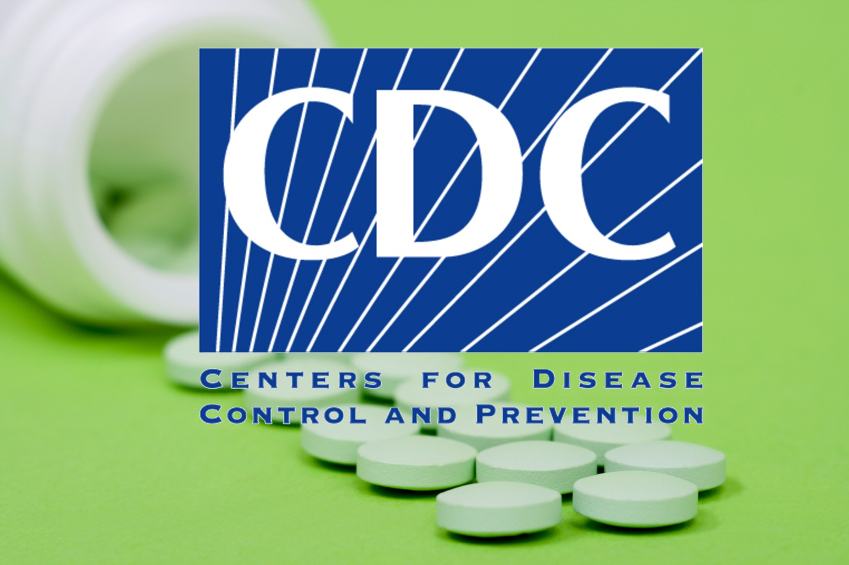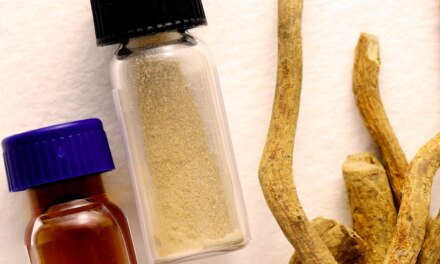The previous guidelines, from 2016, were aimed at primary care practitioners in office settings. They recommended that physicians keep doses at no higher than 50 ‘morphine equivalents’ per day, and advised avoiding anything above 90 except in special cases. Finally, they suggested the use of opioids be confined to 3 to 7 days for acute pain.
The newer guidelines have done away with the so-called ‘hard’ limits on dosing, in favor of a broad statement that clinicians should “use their best judgement” in prescribing. The CDC does urge physicians to be ‘conservative’ with opioids, and even – surprise! – consider possible non-opioid alternatives.
Exceptions are made for pain related to cancer, sickle cell disease, and similar conditions.
I can see why people who work in the addiction treatment field might feel a little nervous about all this. After all, it’s not so long ago that many responsible physicians were persuaded by sales reps from companies like Purdue Pharma to overprescribe the firm’s opioid products, including Oxycontin. Purdue Pharma is no more, forced into bankruptcy by literally thousands of lawsuits. Still, who’s to say that can’t happen again?
“Use their best judgement? What best judgment?” complained one of my colleagues. Many in the addiction field said as much at the time, and were roundly ignored. “They called me a fanatic,” said an addictionologist. “Me! I’m anything but!”
About those Purdue legal settlements: earlier this year, a few of the victims got a chance to confront three members of the Sackler family. Via video. not in person, and in one family member’s case, only by audio, but at least it was something. They were particularly critical of the family member who had continued to insist that neither the company nor the family that owns it bore any responsibility for what followed. This article describes the confrontation.
Sacklers confronted by opioid crisis victims and families at virtual hearing
Complete denial of responsibility, I suppose, is a legal argument rather than a moral one. It flunks the common sense test, however. If the family bore no responsibility, then why was the company they owned willing to pay out billions in settlements to avoid going to Court?
An explanation from The Guardian helps explain the reasoning behind it. “The settlement agreement is estimated to be worth at least $10bn over time. It calls for certain billionaire members of the Sackler family to contribute $5.5bn to $6bn over 17 years to ease the opioid crisis.” Translation: when all is said and done, they’re still rich.
So it’s a lot of money. But it won’t be enough.













